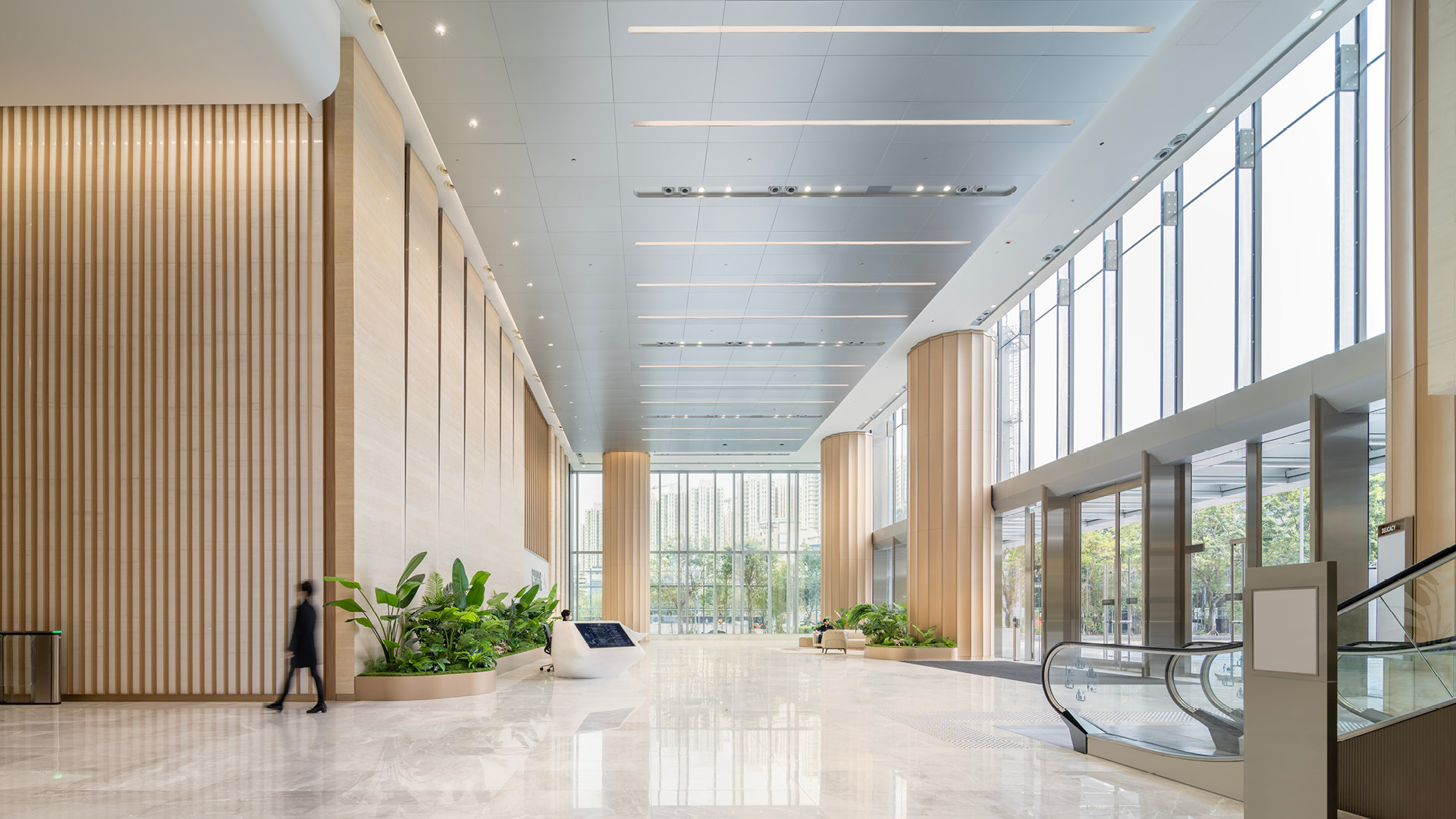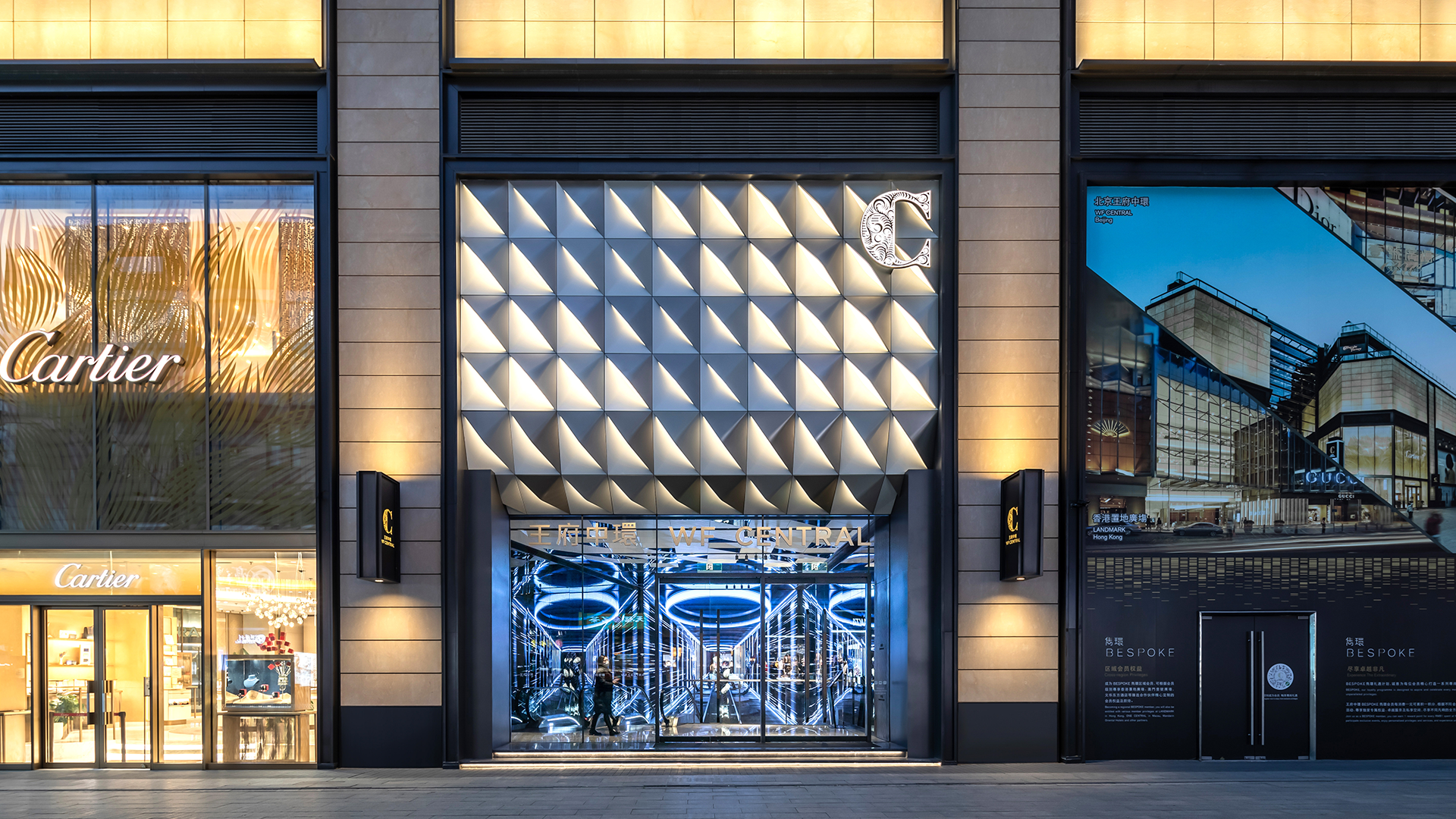
12 May 2022
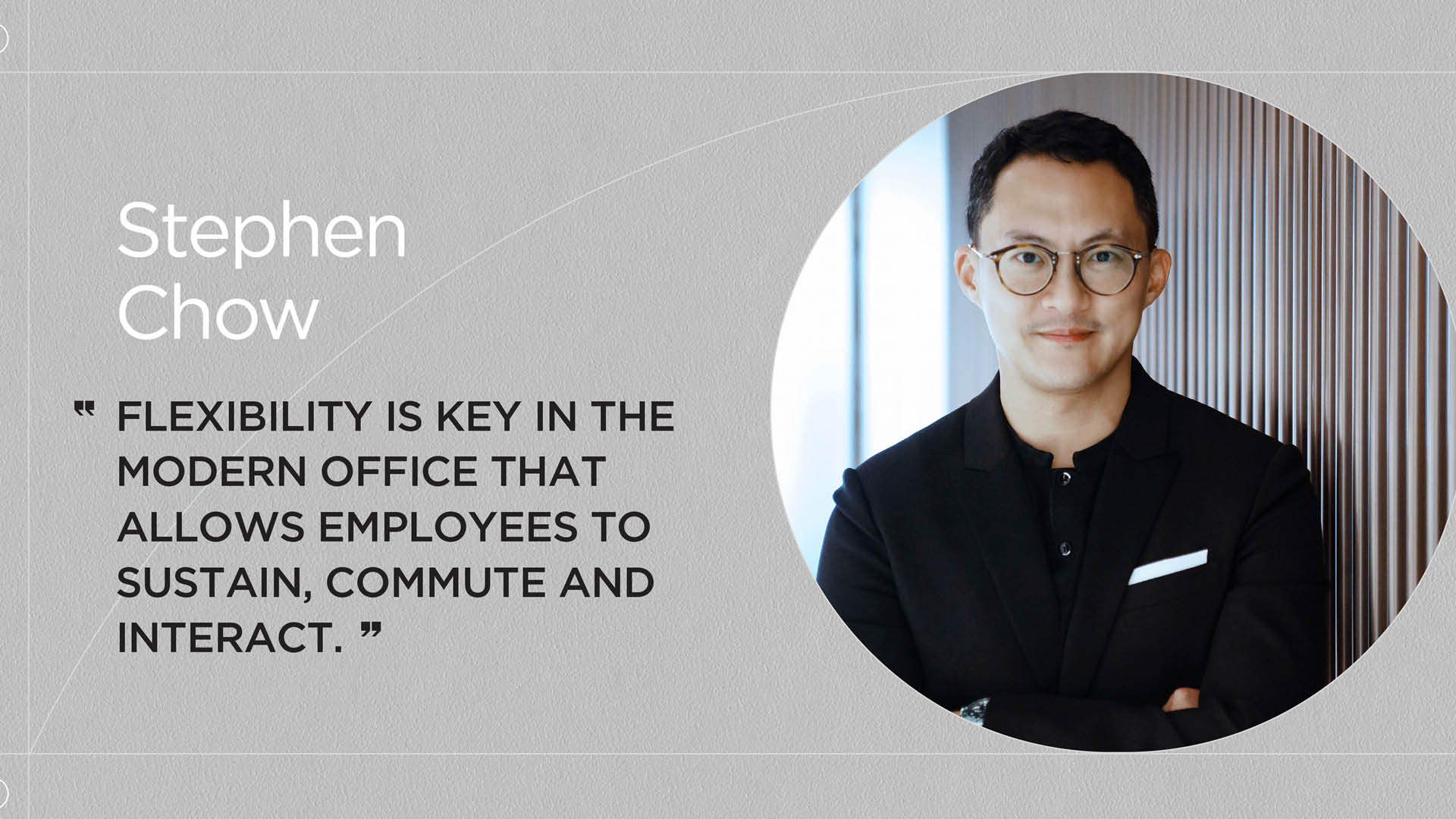
What should be the focus of the #futureworkplace? CAN Design Limited’s Managing Director Stephen Chow shares how he crafts the CAN hub as a cradle of creativity and discusses the future of the new dynamic workspace.
Company values set the tone for how employees communicate with their clients and each other and more, we believe communication is of utmost importance. At CAN, we encourage and promote different forms of communication and transparency within the office. From the outset of this venture, we formed the brief for our space through the individual ‘voices’ , and the CAN Hub we demonstrate our spirit.
Creating extraordinary design not only is emphasized throughout our company in the way we work together but also embedded into the DNA of the CAN’s home base. At the CAN Hub, an open plan design creates a non-hierarchy working dynamic that promotes interaction, by breaking down some walls and partitions, the barriers between team members are also removed.
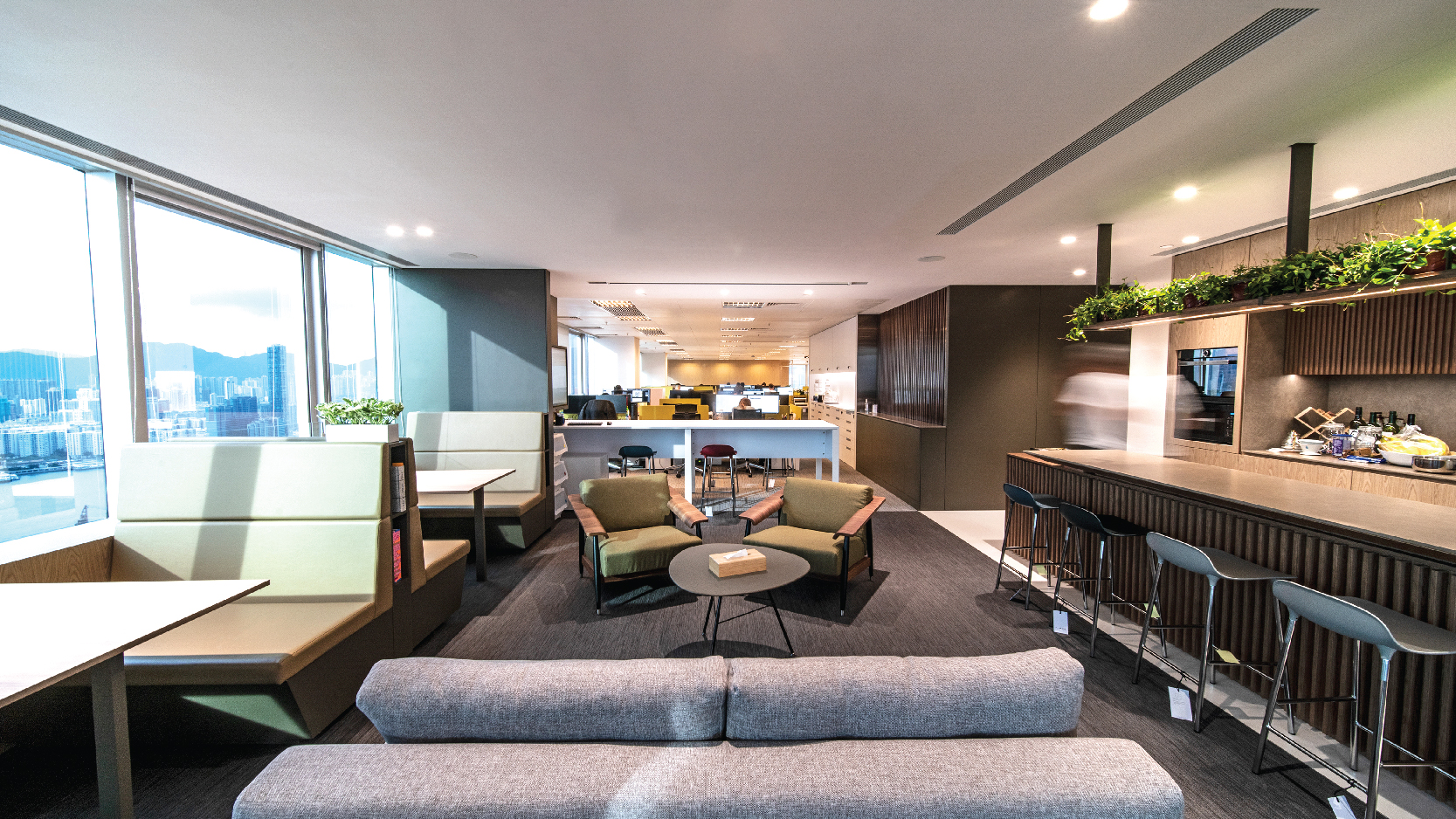
As technology allows people to work anywhere, how to design our workspaces for a greater sense of belonging that can’t be harnessed remotely is worth thinking about. After all, a fulfilling work environment is not only the key to productivity but also good for employees’ mental health and general wellbeing.
Below, the CAN Journal editor interviews Stephen Chow about the CAN hub and his thought about the new dynamic workspace.
Q: Do you think workspace design makes a difference in employees’ engagement or sense of belongings?
A: Absolutely yes, physical surroundings impact our mood and comfort, having an open plan office with activity-based or blended space enhance face-to-face collaboration between employees. This modern style of design for workplaces came from the idea that co-working spaces facilitate dynamic innovation and boost up with networking, and such interaction is essential for CAN as collective intelligence. Having an open plan, we feel more physically proximate as we are sharing the same air and space, a sense of belongings is easily accomplished.
Q: How to use interior design to define the branding of CAN?
A: Since our setup starts from a team of talented staff with an international background, we believe our culture and working philosophy rely a lot on ideas brainstorming and discussion. We don’t need the hierarchical design lay-out from the past where senior leaders were sequestered in luxurious, closed offices; we prefer to have a large multi-functional space for different events such as knowledge sharing or cross-disciplinary collaboration and learning. Our workplace design reflects our open mindset about being receptive to the difference of opinions, ideas, and needs, they are crucial elements for employees and the company to thrive.
Q: With the above further developed, any insights for the new office in the future?
A: With our expertise, we work on offices with different scales. As a designer, we start small, but we think big. Similarly, we encompass a broad range of disciplines: office planning, lobby common areas interior design, layout, massing, and façade of office towers, and even disposition of different towers in a master plan.
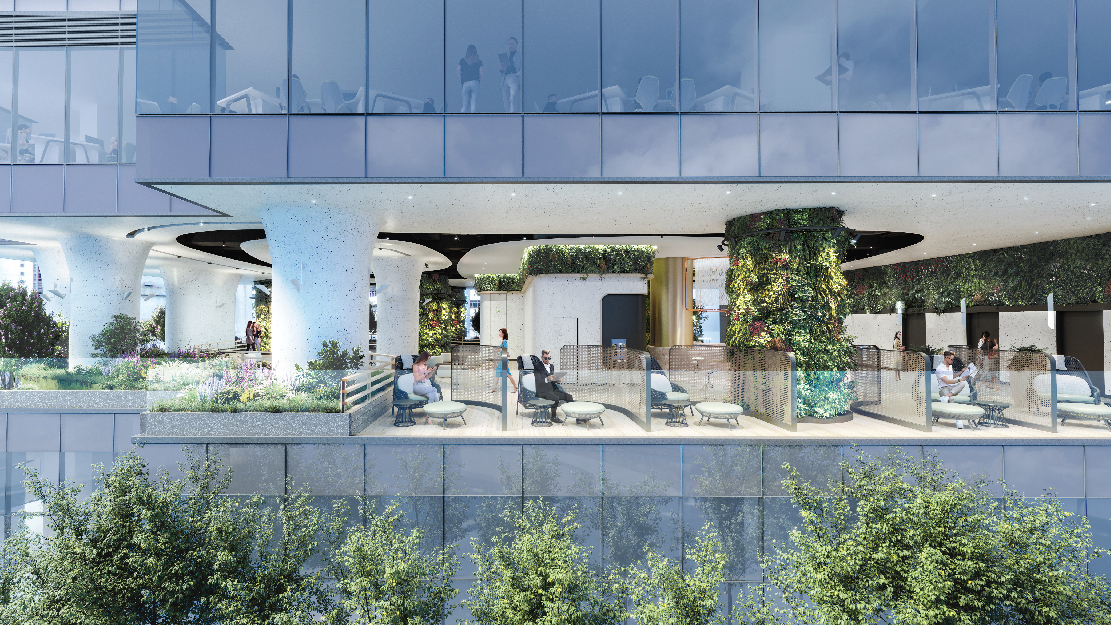
These days with the impact to Covid-19, people start to think Work from home. Office spaces need to be mobile and flexible. It’s no longer simply a hardware with architectural solutions, but also a software approach to ensure all daily operations can be carried out with the online internet connection. We know some cases even staff would stay on their own work desk and do zoom with their colleagues within the same office. That really makes us rethink how those common areas would need to be addressed, even featuring a sky garden for communal use should be something different to stand out from the traditions.
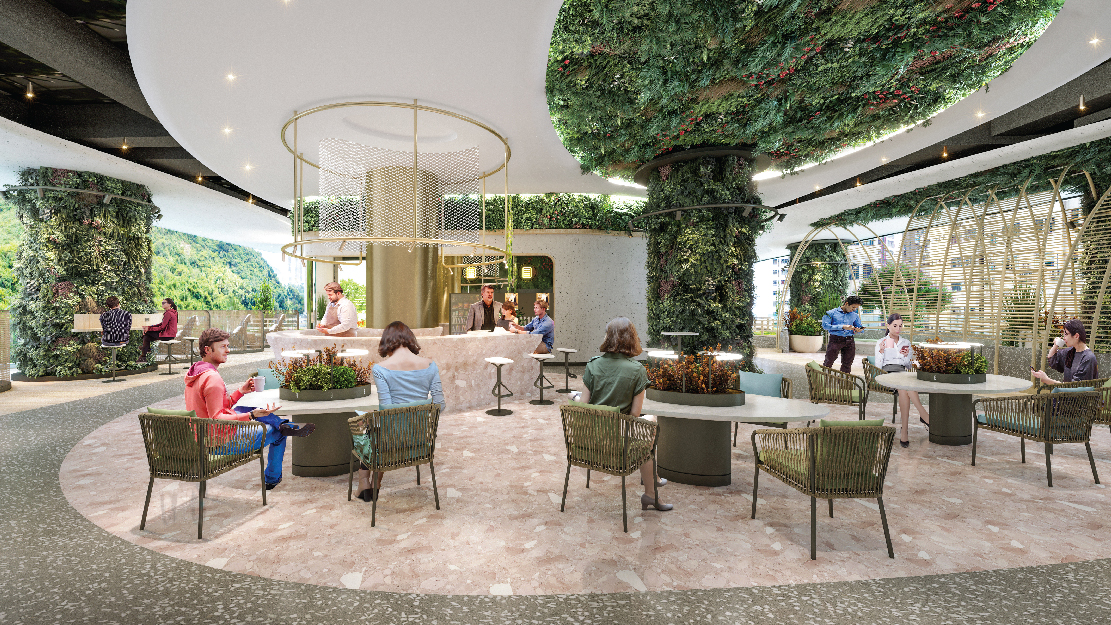
In a time of the pandemic, we have learned that being ready for anything is like a survival tip. For corporations and businesses, it also means making changes to the office as needs evolve. Your company may need less space or an entirely new typology. The key is having the flexibility to make changes on a dime, and that includes being able to change your office furniture to quickly suit your needs.
To the extreme, we quote Alibaba example: a convenient network for interaction and a place for ideas exchange, I guess mix-used development will play a key role. You may wonder how mix-used development evolves to smart city, it’s all about synergy between different uses. Thereby we need to understand how users adapt to the latest working environment and evolve into a space easy for them to sustain, commute and interact.

